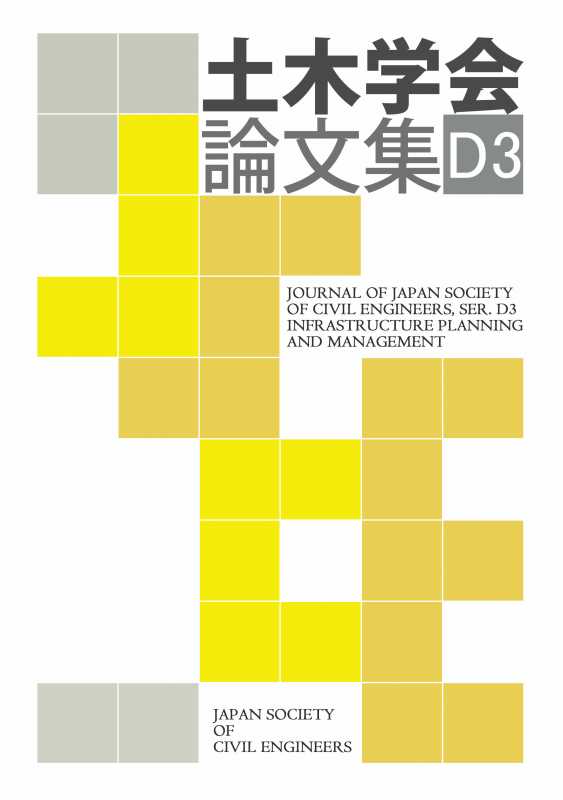Volume 73, Issue 1
Displaying 1-9 of 9 articles from this issue
- |<
- <
- 1
- >
- >|
Paper (In Japanese)
-
2017 Volume 73 Issue 1 Pages 1-15
Published: 2017
Released on J-STAGE: January 20, 2017
Download PDF (642K) -
2017 Volume 73 Issue 1 Pages 24-39
Published: 2017
Released on J-STAGE: March 20, 2017
Download PDF (1049K) -
2017 Volume 73 Issue 1 Pages 40-55
Published: 2017
Released on J-STAGE: March 20, 2017
Download PDF (1360K) -
2017 Volume 73 Issue 1 Pages 56-72
Published: 2017
Released on J-STAGE: March 20, 2017
Download PDF (2088K) -
2017 Volume 73 Issue 1 Pages 73-84
Published: 2017
Released on J-STAGE: March 20, 2017
Download PDF (1261K) -
2017 Volume 73 Issue 1 Pages 85-96
Published: 2017
Released on J-STAGE: March 20, 2017
Download PDF (1664K) -
2017 Volume 73 Issue 1 Pages 97-102
Published: 2017
Released on J-STAGE: March 20, 2017
Download PDF (349K)
Technical Report (In Japanese)
-
2017 Volume 73 Issue 1 Pages 16-23
Published: 2017
Released on J-STAGE: February 20, 2017
Download PDF (498K)
Technical Note (In Japanese)
-
2017 Volume 73 Issue 1 Pages 103-108
Published: 2017
Released on J-STAGE: March 20, 2017
Download PDF (435K)
- |<
- <
- 1
- >
- >|
